If you would’ve told me two years ago that I would have dreads right now, I would probably laugh in your face. The mere thought of a permanent hairstyle back then would make me break a sweat. Candidly, my hair has always been such a large part of my self expression since before I could even do it myself.
When I was young, people always had their hands in my hair. My mom would even warn me before I saw certain relatives, “don’t let them play in your hair, you know they’ll want to because it’s so beautiful.” It was always interesting how I was constantly reminded of how beautiful my hair was by my Black counterparts, and how fascinating it was to my white counterparts.
Back then I would wear styles made up of several ponytails decorated with little bows and barrettes, afros that doubled my head size, cornrows and braids that decorated my head in intricate patterns, the list goes on. I often reminisce on how I never had to worry about how palatable my appearance would be, or being too young to care.
It wasn’t until my adolescence that my hair started to become a chore. My largest complaints were about how coarse and thick it was, and how it had an awkward length that didn’t quite reach my back but surpassed my shoulders. I would struggle to mimic the hairstyles of my straight-haired counterparts and began to resent my appearance when I failed.
In the midst of these internal struggles I began to take up more intense extracurriculars like drill team, which required me to have long barrel curls that I couldn’t achieve every week without damaging my hair. I turned to protective styles such as box braids, and the costs would pile up. I wouldn’t say that I still resented my hair during this time, as I didn’t have time to resent or embrace it. It became something I simply put away when it wasn’t appropriate for the occasion, like an accessory.
My research on locs began as recreational, the algorithm on my frequented social media apps would should me someone with them and I’d stop to listen. I first learned a lot about the culture surrounding them, and how “dreads” is a dead term coined from appropriation and racism. My research continued for years, and I would lightly entertain the passing thought; “what if I got locs?” but never for long enough to take action. This was until I got what I believe to be a sign.
I got a Tik Tok on my “for you” page in which the message was pretty clear. In big letters “THIS IS YOUR SIGN TO LOC UP.” During the video, a woman showcased her long copper brown starter locs and I fell in love. I realized that this was exactly what I wanted to do.
Nothing has strengthened my self love more than locking my hair has. When I first began my loc journey with coils, it was a pivotal one. The locs had to go through the budding stage where they swell, get frizzy and the coil is loose at the root. At first I struggled with my hair not being “put together” or acceptable. But if it weren’t for this stage, I wouldn’t have challenged my beliefs of what defines acceptable for my appearance.
Looking back now when my locs are more mature and neat looking, I love them now just as much as I love how they looked back then. I’ve dismantled the framework in my mind that tells me my hair is too frizzy or too coarse to be beautiful. I’m now a firm believer that black hair isn’t meant to be burned off or pulled every which way in order to be seen as decent to an ignorant eye, it’s meant to be nurtured for how it grows and flourish.
I walk around now and take notice of all my fellow locked individuals. Our locs represent a direct display of our comfort in our culture and Black identity. Where some might say “dreads” are dirty and unkept, we are proud of our locs and the beauty we perceive in this hairstyle despite the opinions of anyone else.
Every loc journey is different, and I have such an appreciation for those who share theirs. If someone hadn’t done the same for me, I would be a completely different person today. This is why I share mine, and how locs are more than just a hairstyle I can’t remove, they’re a journey and a constant reminder of my culture and self love.
This story was originally published on Wingspan on September 22, 2021.


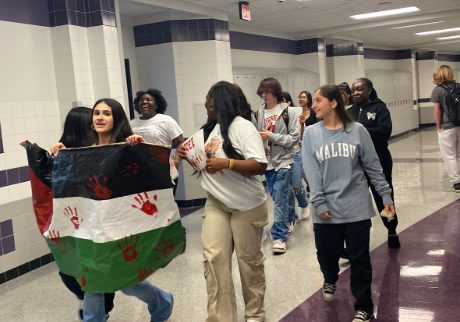


![With the AISD rank and GPA discrepancies, some students had significant changes to their stats. College and career counselor Camille Nix worked with students to appeal their college decisions if they got rejected from schools depending on their previous stats before getting updated. Students worked with Nix to update schools on their new stats in order to fully get their appropriate decisions. “Those who already were accepted [won’t be affected], but it could factor in if a student appeals their initial decision,” Principal Andy Baxa said.](https://bestofsno.com/wp-content/uploads/2024/05/53674616658_18d367e00f_o-1200x676.jpg)
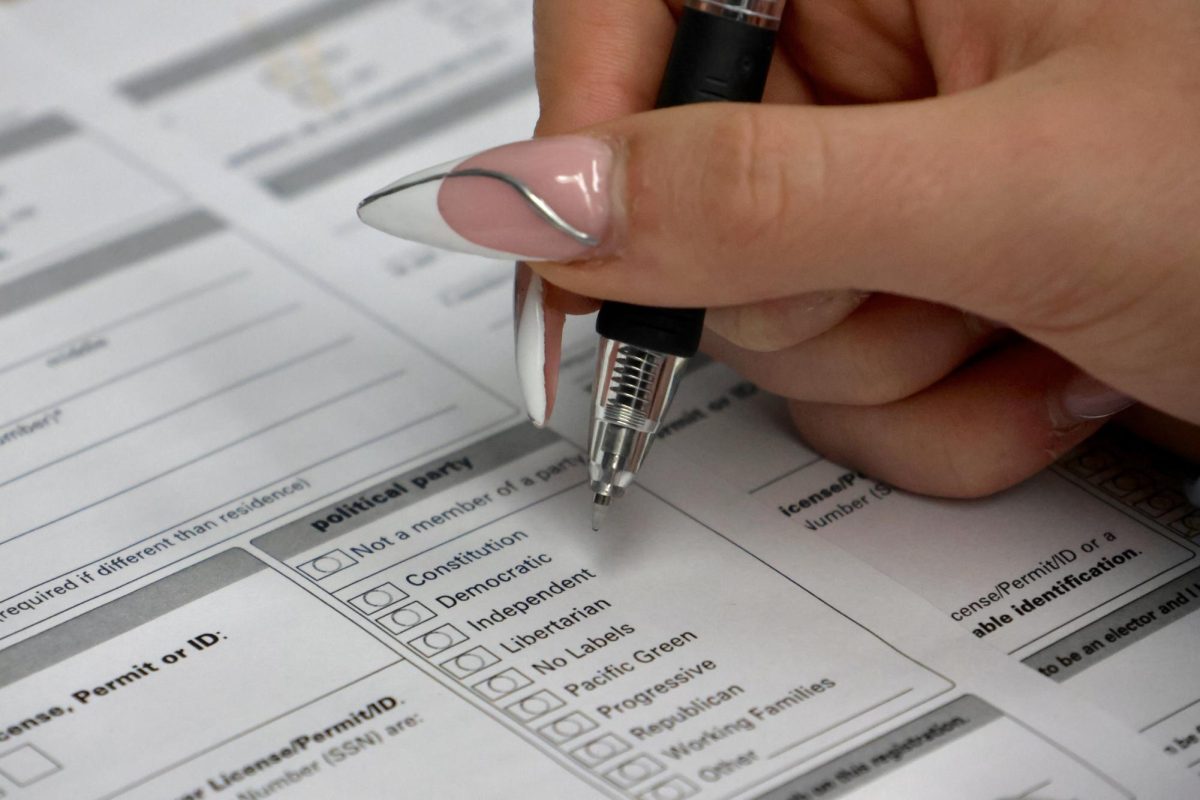


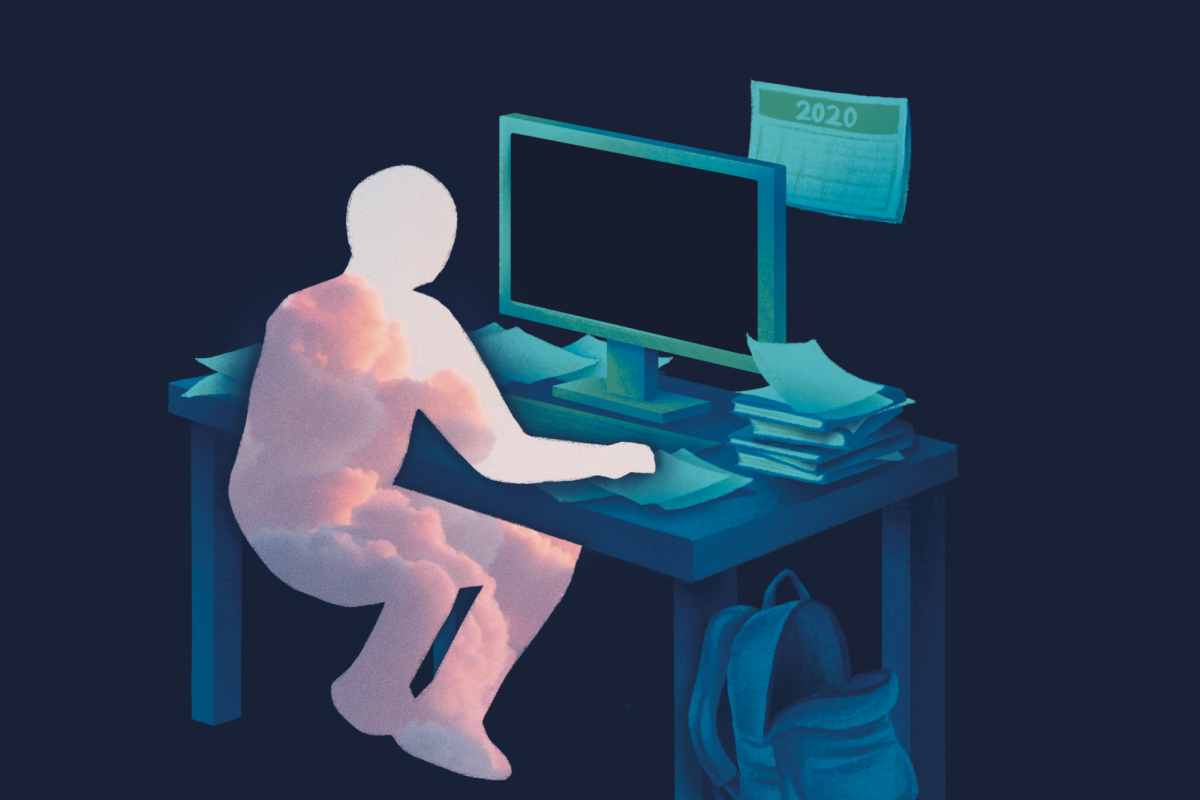

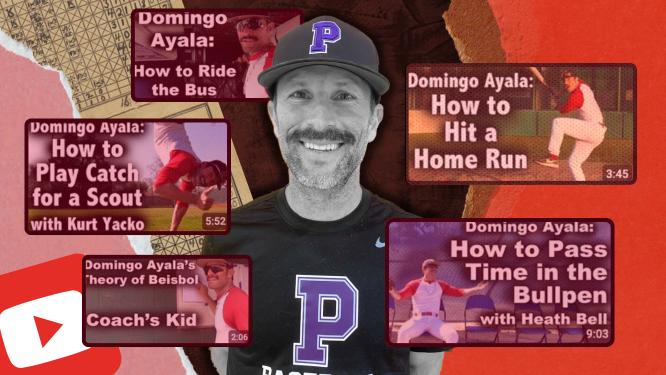
![Junior Mia Milicevic practices her forehand at tennis practice with the WJ girls tennis team. “Sometimes I don’t like [tennis] because you’re alone but most of the time, I do like it for that reason because it really is just you out there. I do experience being part of a team at WJ but in tournaments and when I’m playing outside of school, I like that rush when I win a point because I did it all by myself, Milicevic said. (Courtesy Mia Milicevic)](https://bestofsno.com/wp-content/uploads/2024/06/c54807e1-6ab6-4b0b-9c65-bfa256bc7587.jpg)

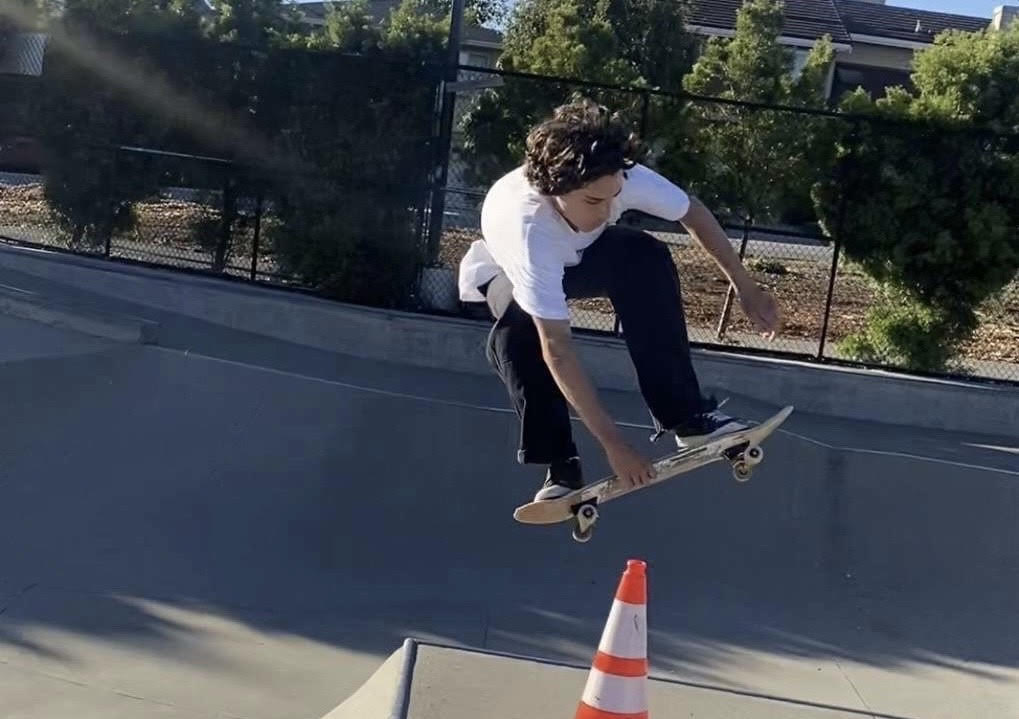

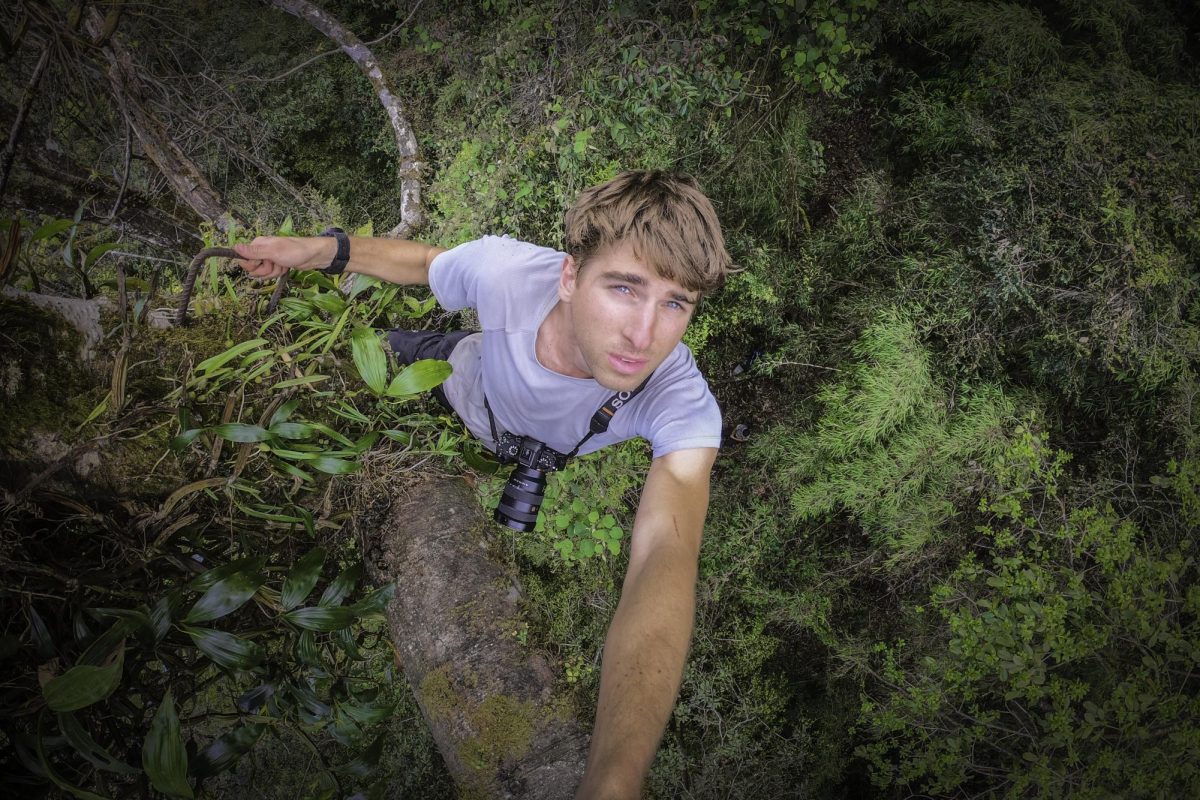

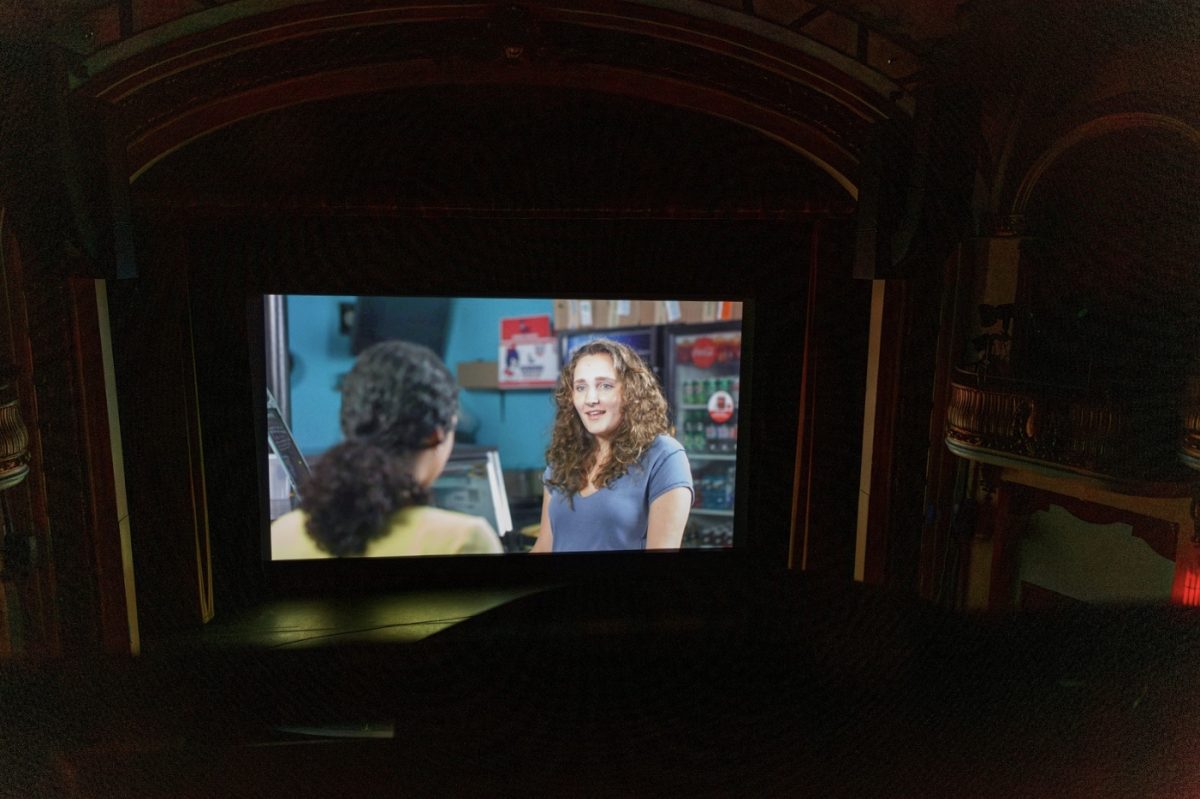

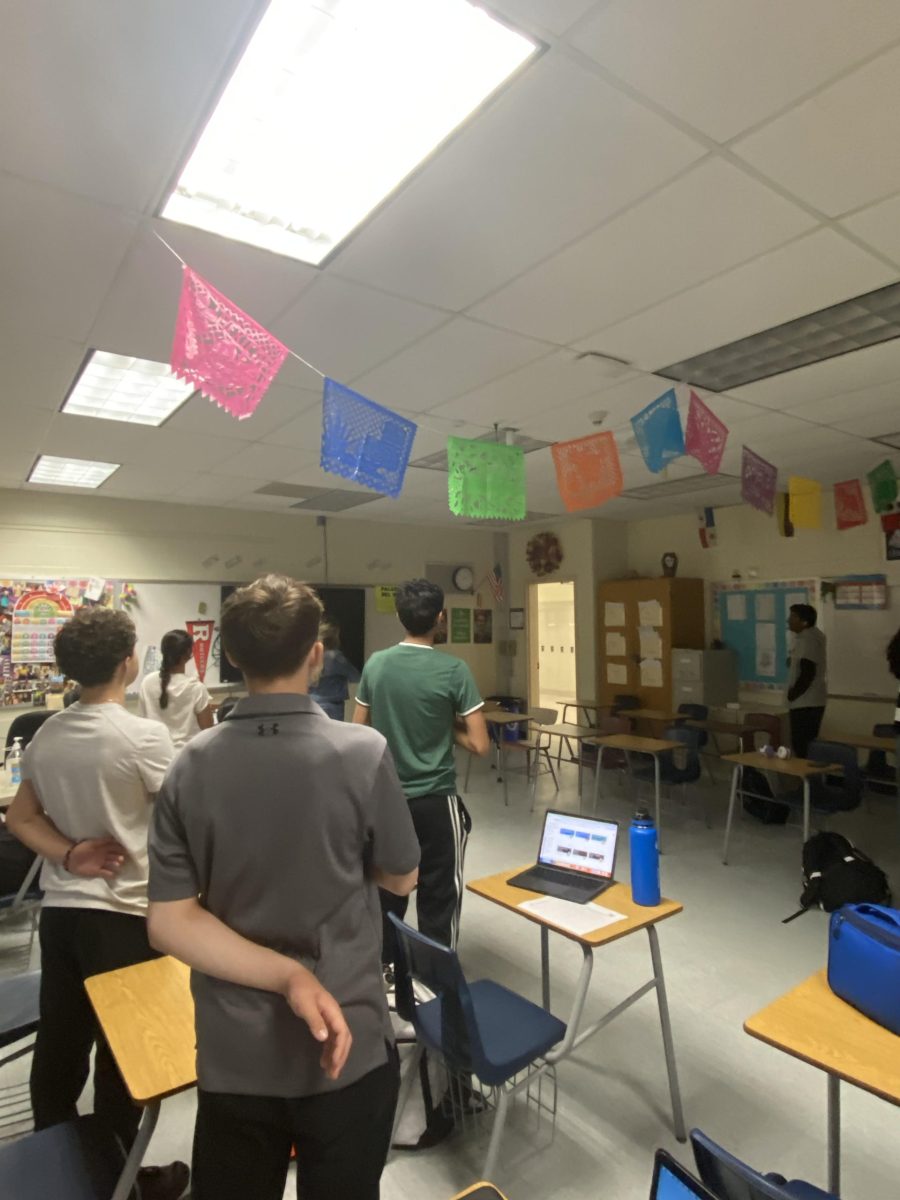
![The Jaguar student section sits down while the girls basketball team plays in the Great Eight game at the Denver Coliseum against Valor Christian High School Feb. 29. Many students who participated in the boys basketball student section prior to the girls basketball game left before half-time. I think it [the student section] plays a huge role because we actually had a decent crowd at a ranch game. I think that was the only time we had like a student section. And the energy was just awesome, varsity pointing and shooting guard Brooke Harding ‘25 said. I dont expect much from them [the Golden Boys] at all. But the fact that they left at the Elite Eight game when they were already there is honestly mind blowing to me.](https://bestofsno.com/wp-content/uploads/2024/05/IMG_7517-e1716250578550-900x1200.jpeg)

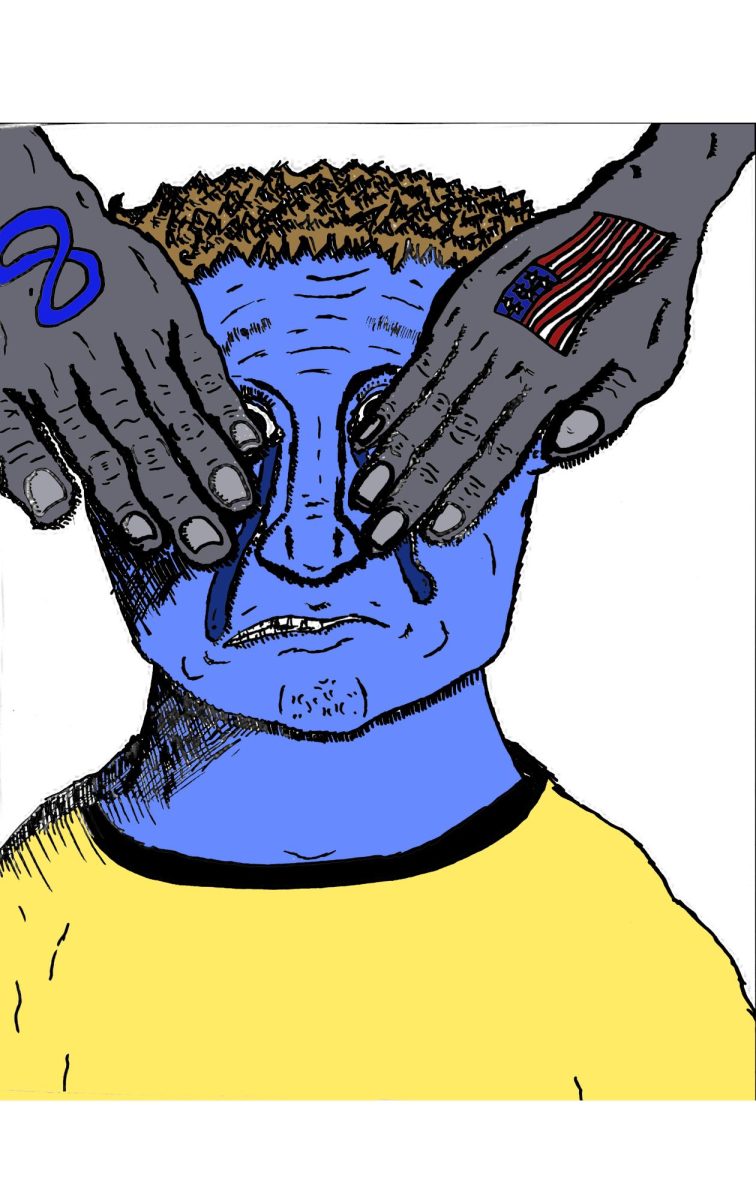

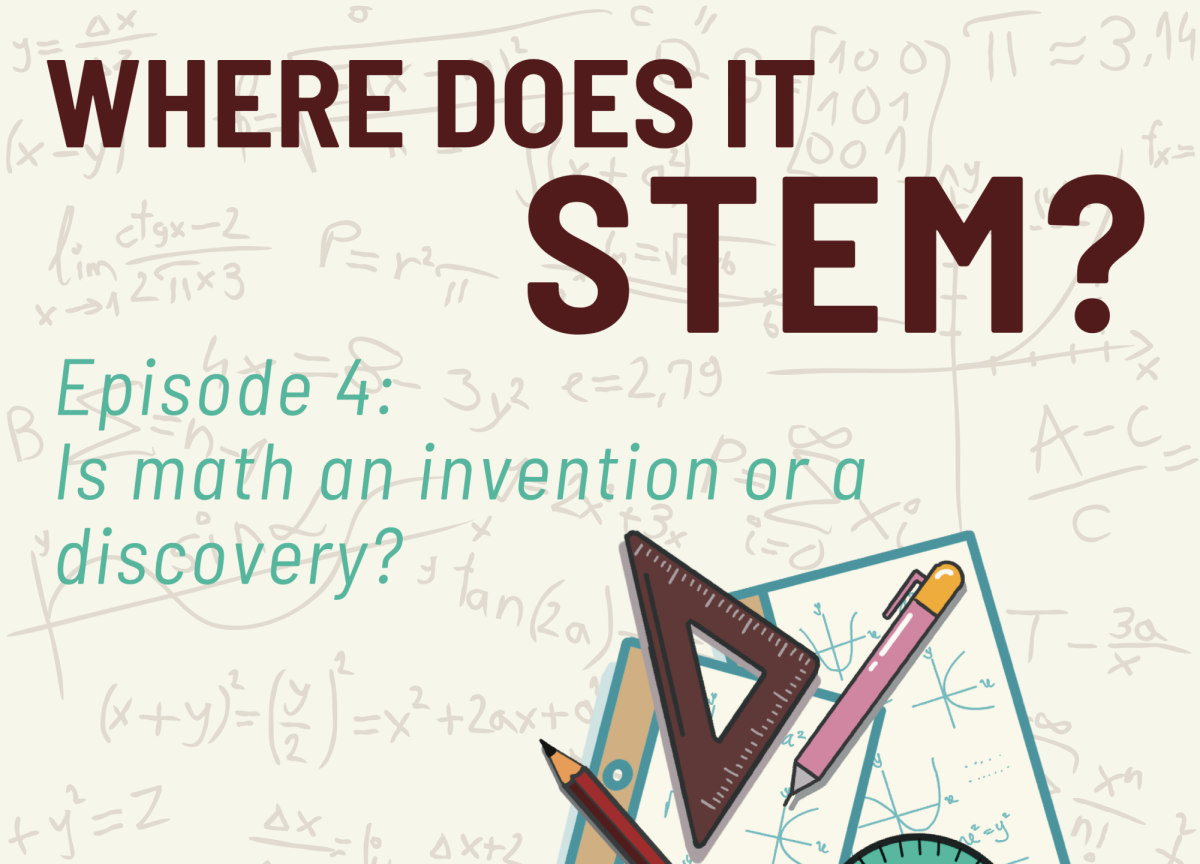

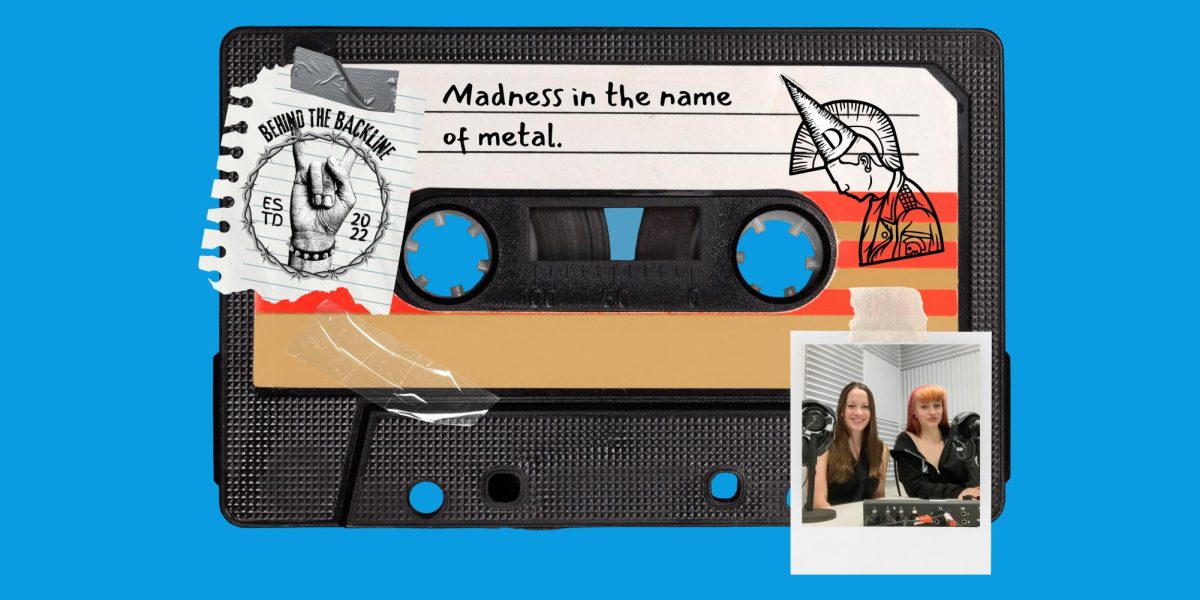
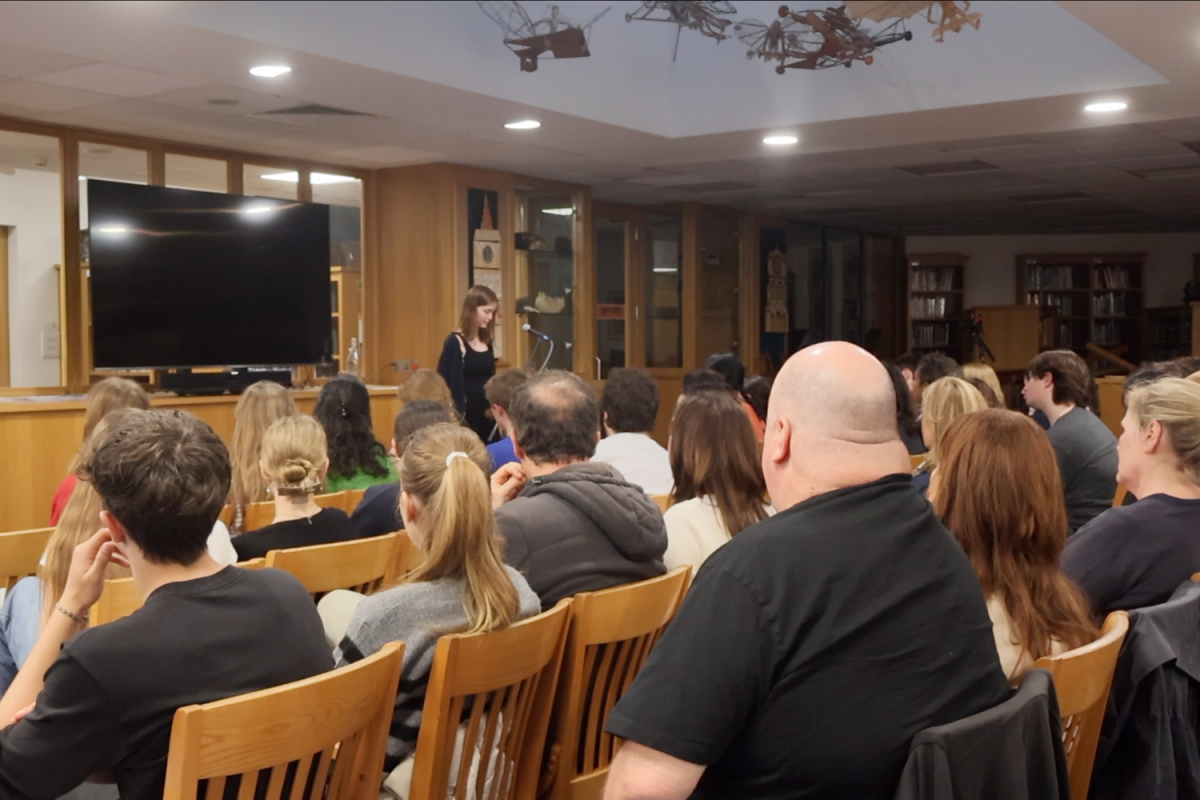


![BACKGROUND IN THE BUSINESS: Dressed by junior designer Kaitlyn Gerrie, senior Chamila Muñoz took to the “Dreamland” runway this past weekend. While it was her first time participating in the McCallum fashion show, Muñoz isn’t new to the modeling world.
I modeled here and there when I was a lot younger, maybe five or six [years old] for some jewelry brands and small businesses, but not much in recent years,” Muñoz said.
Muñoz had hoped to participate in last year’s show but couldn’t due to scheduling conflicts. For her senior year, though, she couldn’t let the opportunity pass her by.
“It’s [modeling] something I haven’t done in a while so I was excited to step out of my comfort zone in a way,” Muñoz said. “I always love trying new things and being able to show off designs of my schoolmates is such an honor.”
The preparation process for the show was hectic, leaving the final reveal of Gerrie’s design until days before the show, but the moment Muñoz tried on the outfit, all the stress for both designer and model melted away.
“I didn’t get to try on my outfit until the day before, but the look on Kaitlyn’s face when she saw what she had worked so hard to make actually on a model was just so special,” Muñoz said. “I know it meant so much to her. But then she handed me a blindfold and told me I’d be walking with it on, so that was pretty wild.”
Caption by Francie Wilhelm.](https://bestofsno.com/wp-content/uploads/2024/05/53535098892_130167352f_o-1200x800.jpg)








